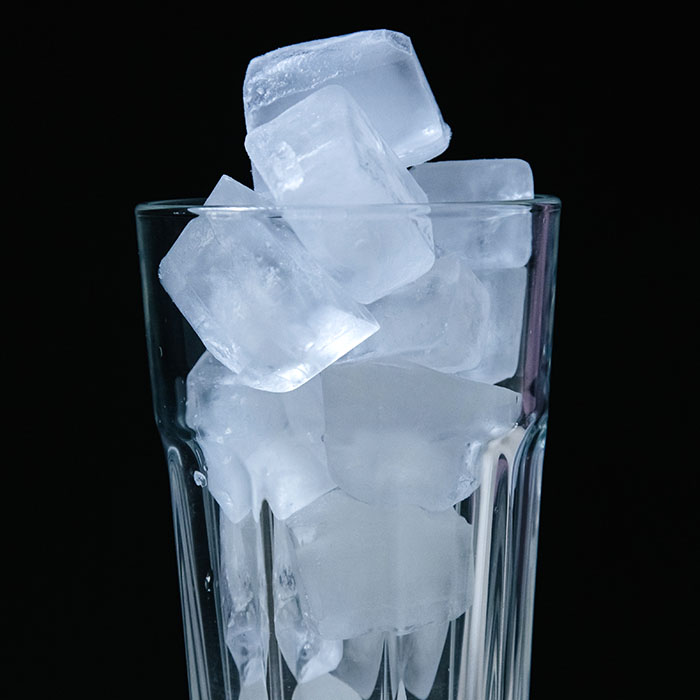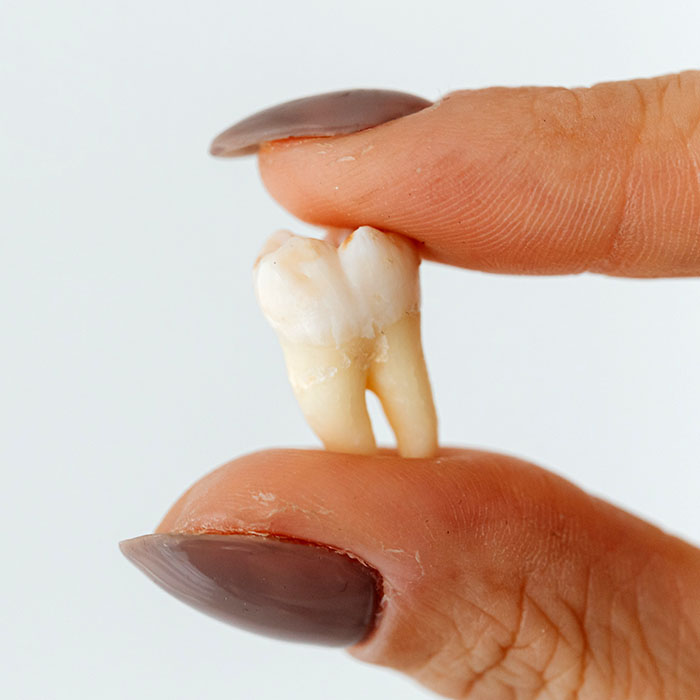VERY FEW OF us still remember how sore our mouths felt when we were teething as babies, but most of us do remember what it was like to have our adult molars come in. Well, teething is a similar experience for toddlers, but it’s their first encounter with such sensations, which can be quite distressing for both them and their parents. To assist you during this phase, we’ve compiled a few helpful tips.
1. Recognize the Signs of Teething
Keep an eye out for the emergence of teeth, typically starting around the six-month mark. Lower front teeth usually appear between six months and the first birthday. During this period, you may notice certain changes in your child’s behavior that are actually teething symptoms.
They might exhibit a decreased interest in breastfeeding, excessive drooling, refuse foods they previously enjoyed, experience difficulty sleeping, or become generally irritable. They might also start avoiding or excessively biting, chewing, and sucking on various objects within their reach.
2. Differentiate Teething Symptoms From Other Issues
Not all symptoms are related to teething, and it’s important to be aware of the distinction, as it could indicate another problem. A runny nose, fever, or diarrhea are not directly associated with teething but may be signs of a viral infection. If these symptoms persist or worsen, it is advisable to consult a pediatrician.
3. Understand the Stages of Teething
Teething occurs in stages, rather than all at once or in a uniform manner. The eruption stage involves the baby teeth gradually breaking through the gum tissue from the jaw bones. Following this stage is cutting, when the teeth finally emerge and become visible. Both stages can be painful, but babies and toddlers lack the language skills to express their discomfort. Instead, they may exhibit crankiness, tiredness, and fussiness regarding their food and eating habits.
4. Soothing Techniques for Teething Babies
There are several ways to help alleviate the discomfort experienced by teething babies and toddlers during this phase of development. If possible, continue breastfeeding, as it can help reduce teething pain. Additionally, provide them with something safe to chew on, such as a teething toy. These toys can aid in the teething process by facilitating the cutting of teeth through the gums while providing relief.
5. Choosing Safe Teething Toys
Exercise caution when selecting teething toys and ensure they do not contain PVC, BPA, or phthalates. Although these chemicals are used to enhance toy durability, recent studies have highlighted potential harm if ingested by a child.
Consider the construction of the toy. Is it solid or gel-filled? If it’s the latter, ensure it is sturdy enough to prevent your child from accessing the gel center, which is not intended for consumption. It may also be beneficial to choose a toy that can be chilled in the refrigerator and has a clip to fasten it securely to your child’s clothing.
Consult Us for Teething Concerns
We are here to address any questions or concerns you may have about teething and the challenges that accompany it. Additionally, remember that as soon as the first tooth appears, it’s time for your child’s first dental checkup! Let us help you ensure that your child’s oral health journey begins on a positive note.










